These pebbles were deposited in a stream that once flowed over this area in Indiana, USA thousands of years ago.
Click on image for full size
Courtesy of Bruce Molnia, Terra Photographics
Step 3: Sediments Settling Down!
When water or wind loses energy and slows down, sediment can no longer be carried in it. The particles fall through the water or air and form a blanket of sediment on the bottom of a river, a lake, ocean, or on the surface of the land.
Settling out of the wind or water depends on the size of the sediment. Larger pieces will settle more quickly than smaller ones. The opposite is true as well, so it takes more energy to move larger sediment through the water or air than small sediment.
The process of settling down is called deposition. How does deposition happen?
Try this experiment and find out!
- Add a handful or two of sediment to a jar that includes particles of different
sizes such as pebbles, sand and mud.
- Fill the jar with water and seal the lid on top.
- Shake the jar and watch the pebbles and dirt fill the water.
- Let the jar sit still for a few minutes. What has been deposited on the
bottom of the jar? Are any of the small particles still in the water? (The
heaviest items fall out of the water more quickly than the small ones once
you stop shaking the jar.)
Last modified August 25, 2003 by Lisa Gardiner.
You might also be interested in:

Wind is moving air. Warm air rises, and cool air comes in to take its place. This movement creates different pressures in the atmosphere which creates the winds around the globe. Since the Earth spins,
...more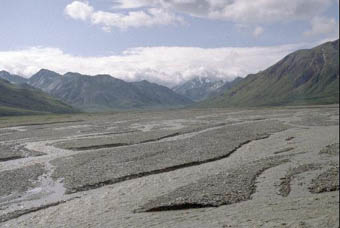
If you sneeze into a pile of dust, the little particles fly everywhere. But if you sneeze into a pile of rocks, they will stay put. It takes more force than a sneeze to move those rocks. Winds and water
...more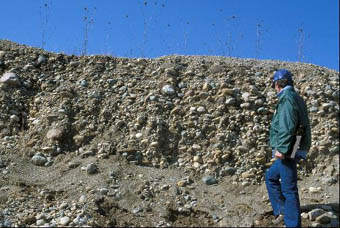
When water or wind loses energy and slows down, sediment can no longer be carried in it. The particles fall through the water or air and form a blanket of sediment on the bottom of a river, a lake, ocean,
...more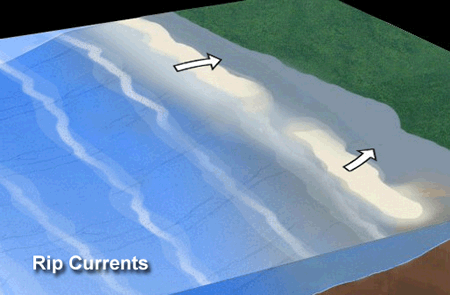
Ocean waves often move towards a beach at an angle. This moves water along the coast in a longshore current. Longshore currents grow stronger when the waves come towards the beach at a large angle. The
...more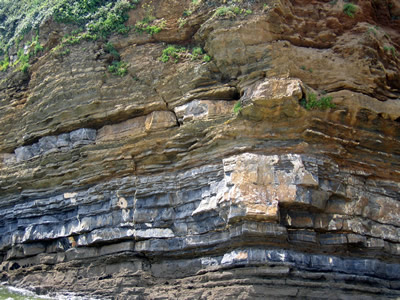
Geologists have developed a new sediment curve which shows where sediment-on-the-move is deposited during the development of sedimentary rocks. The sediment curve covers the entire Paleozoic Era. Bilal
...more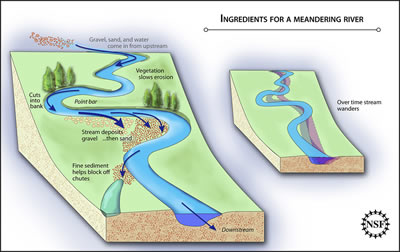
Scientists have built a scale model of a living, meandering river in a lab. From the model they have learned a few things: the importance of vegetation to reinforce the river banks and the importance of
...more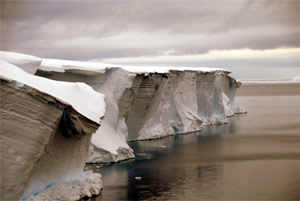
Frozen water is found in many different places on Earth. Snow blankets the ground at mid and high latitudes during winter. Sea ice and icebergs float in the chilly waters of polar oceans. Ice shelves fringe
...more














